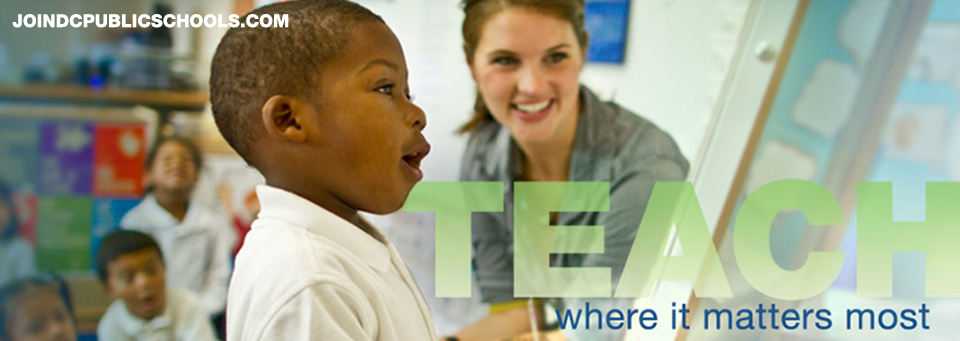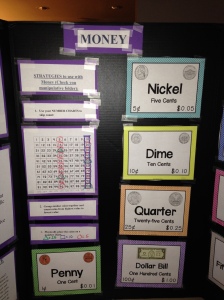By Jennifer Krystopowicz January 29th, 2014 1:45 PM
As a special education teacher in DCPS for the past seven years, I have learned to accommodate and modify almost everything the general education curriculum has to offer so that students with disabilities, particularly my students with autism and intellectual disabilities, can access the material.
With the common core at the forefront of our instruction, special education teachers like myself are faced with the new challenge of making the standards accessible to all learners. Difficult? Yes! Impossible? No!
The following are three tips that led me to success in ensuring that all learners have exposure to the common core.
1. Simplify the standard into ONE task:
Last month I had the pleasure of attending the Literacy Design Collaborative (LDC) in Tampa, Florida. LDC is committed to equipping elementary school students with the literacy skills they need to succeed in middle and high school by providing a collection of templates that are fill-in-the-blank “shells” that allow teachers to insert text to be read, writing to be produced, and content to be addressed.
To get a better understanding of this approach, let’s look at the common core standard CCSS.ELA-Literacy.RL.3.3: Describe characters in a story (e.g., their traits, motivations, or feelings) and explain how their actions contribute to the sequence of events.
The LDC task template for general education may ask: After reading_____________________, choose a character and describe their traits. Use at least 3 examples from the text to show how their actions play a role in the events of the story.
It’s essential to simplify this task because some students with disabilities find it difficult to complete multitask questions and may get overwhelmed or discouraged during this activity. By asking students to complete only one task, teachers can eliminate that stress while still allowing students to reach their full potential and access the common core.
This is how I would simplify the question into one task: After reading_____________________, choose a character and describe the character by including at least 3 traits described in the text.
Of course, teachers can modify this task template further by providing pictures, larger print, or bullets, depending on the needs of their students. Just remember that sticking to one task is essential!
2. Manipulatives glue the pieces together:
Every common core lesson should be supplemented with a manipulative when teaching our most difficult learners. Many teachers find this counterintuitive, thinking that manipulatives have to be fancy and complex or fearing that they cause students to get distracted. However, manipulatives can be as simple as using a graphic organizer to generate ideas, or even using a highlighter to follow along while reading! Manipulatives are imperative for our students with special needs to access the general education material because they give students a visual model that allows them to piece together the areas of learning that they are struggling with.
Here is an example of easy to make manipulative for workstations:
3. Open mindset creates open learners:
In the words of Ralph Waldo Emerson, “All life is an experiment. The more experiments you make the better.” At the end of every experiment is a result, and if you don’t like the result you can always make a change. As a special education teacher, I encourage you to experiment when you are teaching students with special needs. Don’t be afraid to try something new to help your students access the common core. Keeping an open mind will expose your students to new ways of learning, and one of those ways might be the answer to helping your student understand a concept that he or she had not been able to previously master.
Learning how to incorporate the common core into the curriculum of our most challenging learners takes time. With the release of the common core only three years ago, this process is still ongoing. However, through experimentation, I have found that these tips are a great starting point to drive student achievement. I look forward to future discoveries about what works best for my students!
Jennifer Krystopowicz is a special education teacher at Tyler Elementary School.

